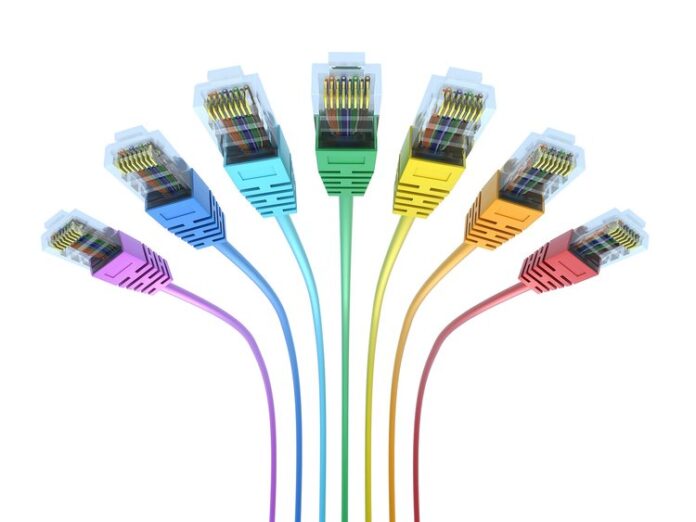The ever-growing demand for high-speed data transfer has propelled fiber optic cable installation to the forefront of modern networking solutions. Unlike traditional copper cables, which transmit data through electrical signals, fiber optic cables utilize light pulses, enabling significantly faster and more reliable communication. This article highlights fiber optic cable benefits, processes, and considerations for businesses seeking to upgrade their network infrastructure.
Advantages Of Fiber Optic Cable Installation
Fiber optic technology offers a multitude of advantages over conventional copper cabling:
- Unmatched Speed: Data travels through fiber optic cables at the speed of light, translating to significantly faster internet connectivity and network performance. This is particularly beneficial for businesses that rely on real-time data exchange, cloud applications, and bandwidth-intensive operations.
- Enhanced Reliability: Fiber optic cables are immune to electromagnetic interference (EMI) that can disrupt data transmission in copper cables. This ensures consistent and reliable data transfer, minimizing downtime and network disruptions.
- Greater Distance Coverage: Fiber optic cables can transmit data over significantly longer distances without signal degradation, compared to copper cables that experience signal loss over extended lengths. This makes them ideal for connecting geographically dispersed locations or buildings within a large campus.
- Improved Security: Since fiber optic cables transmit data through light pulses, they are virtually impossible to tap into without physically disrupting the cable. This enhanced security element is crucial for businesses handling sensitive data.
- Future-Proof Technology: Fiber optic cables are designed to accommodate future advancements in data transmission speeds. This future-proofing aspect ensures that a fiber optic network can support evolving business needs and technological upgrades.

The Fiber Optic Cable Installation Process
The cable installation is a meticulous process typically undertaken by trained and certified professionals. Here’s a simplified breakdown of the key steps involved:
- Planning And Design: This initial phase involves a thorough assessment of the existing network infrastructure and the desired layout of the fiber optic cable system. Factors like cable length, conduit placement, and termination points are meticulously planned to ensure optimal performance.
- Cable Installation: Depending on the project requirements, fiber optic cables can be installed aerially (suspended between poles), buried underground in trenches, or placed within existing conduits. Specialized equipment and techniques are employed to ensure the cables are protected from damage during installation.
- Cable Termination And Splicing: The fiber optic cables are terminated at designated points with connectors that allow them to interface with network devices. In some cases, splicing techniques may be required to join two or more fiber optic cables for extended network reach.
- Testing And Certification: Once the installation is complete, rigorous testing is performed to verify signal strength, attenuation levels, and overall functionality of the fiber optic network. This ensures the system meets industry standards and delivers optimal performance.
Considerations For Businesses
Before embarking on a cable installation project, businesses should carefully consider these factors:
- Cost Analysis: While fiber optic installation costs have decreased significantly, it’s still an investment compared to copper cabling. Businesses should weigh the initial cost against the long-term benefits of increased network speed, reliability, and future-proofing capabilities.
- Scalability Requirements: The fiber optic cable system should be designed with scalability in mind to accommodate future growth and expanding network needs of the business.
- Professional Installation: Partnering with experienced and certified optic cable installation professionals is crucial to ensure a smooth, efficient, and code-compliant installation process.
By understanding the advantages, processes, and considerations involved in fiber optic cable installation, businesses can make an informed decision about upgrading their network infrastructure. This investment in next-generation technology can unlock significant benefits, propelling organizations toward a future of high-speed data transfer and enhanced network performance.




















